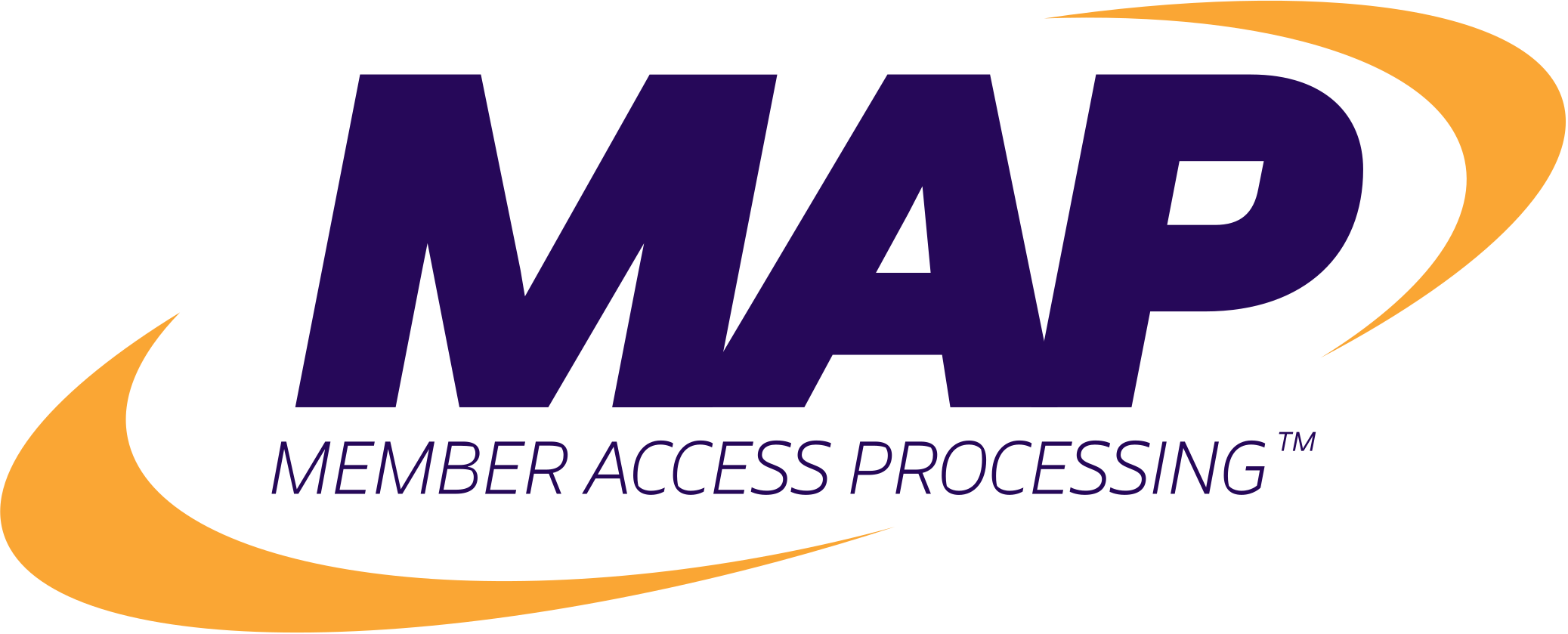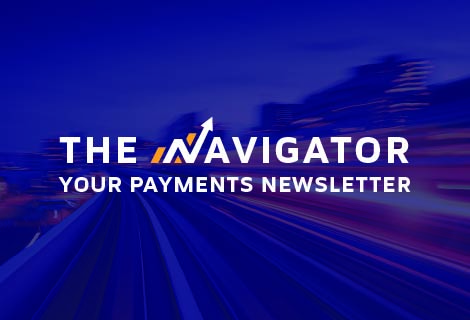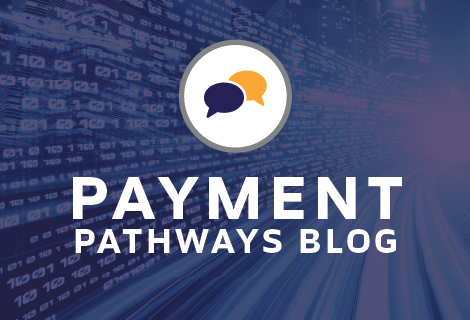Pay-by-Bank: Anticipating the Next Wave of Innovations
July 2, 2024
Visa recently acquired the European pay-by-bank (also known as account-to-account (A2A) payments) service Tink. Tink is an open bank firm that enables banks, merchants, and fintechs to move money. After some modifications to Tink’s offering, Visa will soon pilot its pay-by-bank service to select customers in the US.
Pay-by-bank may sound like a familiar service that has been around for a while—ACH. Nacha ACH already allows the transfer of funds between banks. So what does Visa’s offering bring to the table that is different?
Visa’s security and reliability will be integrated into its pay-by-bank offering. This ensures robust customer authentications and overall smooth transactions.
Visa’s offering also threatens ACH, which is riddled with fraud and various prompts (known as friction) that can cause transactions to fail. Visa believes it can greatly improve the current ACH system’s security issues and friction.
Pay-by-bank transactions are often real-time. Customers can immediately reconcile these transactions with their bank and do not have to manage payments with a third party, such as a credit card company.
Customer Base
Some merchants who have already started adopting pay-by-bank include GasBuddy, Circle K, and Cumberland Farms. Customers who use pay-by-bank with these merchants receive rewards on their gas purchases.
Target also has a pay-by-bank program called Target RedCard, through which customers can earn a 5% discount. Target reports that RedCard accounts for 20% of its total revenue.
Many municipalities and utility companies allow customers to pay bills by credit card but often charge a service fee. Pay-by-bank is available as a payment method, and many customers are switching to avoid extraneous card fees.
Large Payments
Where pay-by-bank shines is with larger, low-velocity payments such as:
- Loan payments
- Rent payments
- Life insurance
- Healthcare
- Long-term care
- Education
Debit and credit cards have some penetration in these areas but are fairly low.



